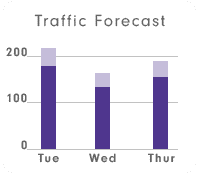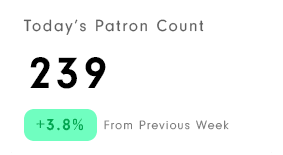Collect definitive patron counting data to make strategic decisions for your library
With everything libraries have to offer, circulation stats can no longer be your only data point.
97%
SenSource people counting sensors boast 97%+ accuracy.
9
Consecutive years awarded Platinum Distinction in LibraryWorks’ Modern Library Awards
1,200+
Number of libraries across the US and Canada that trust SenSource.
474 million
Library patrons counted by SenSource…and counting!
Want to learn more?
Download our brochure for more information on SenSource solutions for libraries.
Brochure Request
Patron counting
Monitor peak and non-peak foot traffic times by hour, days, weeks, and more. Report facility usage for government funding. Optimize staff and scheduled events based on traffic forecasting.
Watch: Patron Counting 101


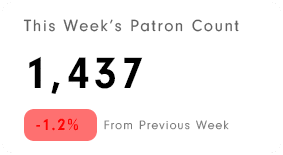
Interior Analytics
Determine the most and least used areas within your library. Justify the need for expansion or renovation. Know your patrons better by realizing most and least used services and departments.

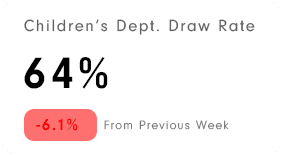
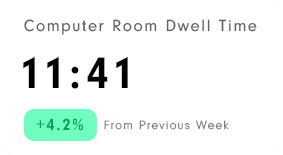
Occupancy Monitoring
Real-time occupancy calculation to monitor library capacity restrictions. Inform staff of current occupancy levels to optimally allocate resources. Report historical compliance of occupancy regulations.

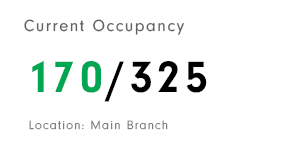
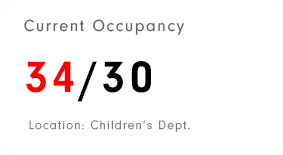
The most accurate way to count people
Our sensors measure foot traffic with precision, while our analytics software gives you accessible data to make cost-saving decisions.
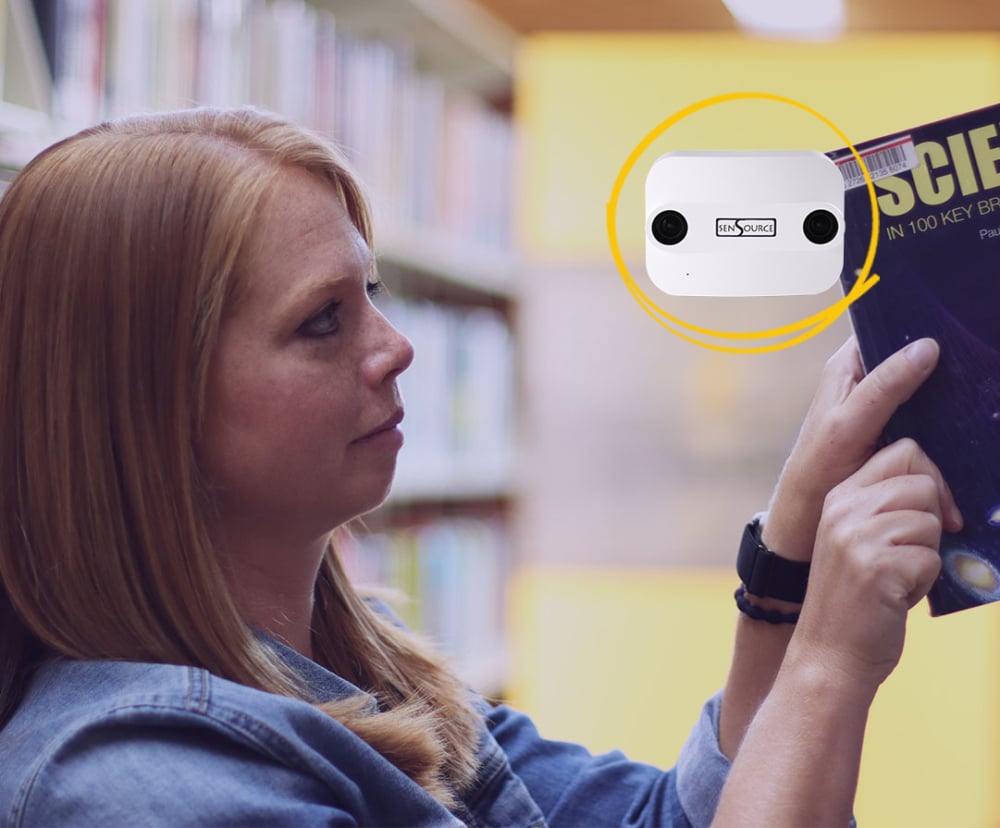
Accurate Sensors
Our VIDX sensor uses 3D advanced stereo vision tracking sensors and machine learning to make it the most accurate system available.
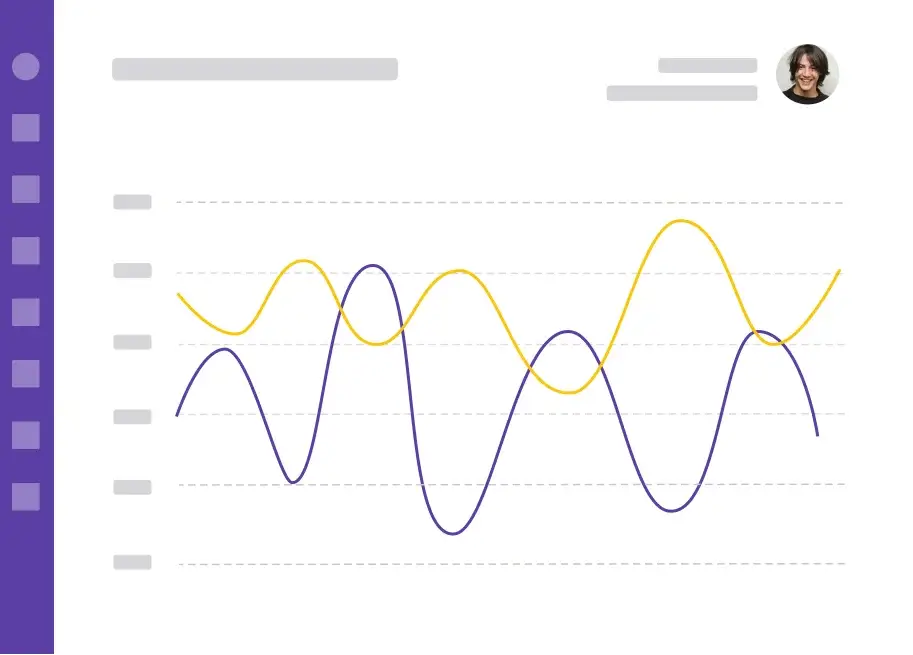
Detailed Analytics
Our state-of-the-art software, Vea, translates raw traffic data into meaningful patterns and profitable insights.



